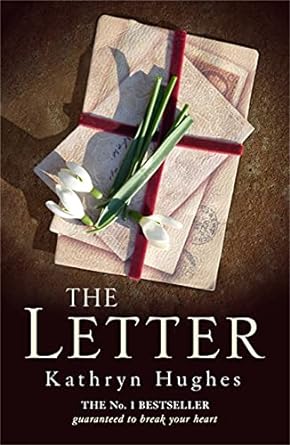
Dracula
Originally published in May 1897, ‘Dracula’ is a gothic horror novel by Bram Stoker, an Irish author. Bram Stoker introduced the character of Count Dracula and provided the basis of modern vampire fiction in this novel.
Written as a series of letters, newspaper clippings, diary entries, and ships’ logs, the story begins with lawyer Jonathan Harker journeying to meet Dracula at his remote castle to complete a real estate transaction. Harker soon uncovers that he is being held prisoner and that Dracula has a rather disturbing nocturnal life.
Touching on themes such as Victorian culture, immigration, and colonialism, among others, this timeless classic is sure to keep readers on the edge of their seats.
BEST DEALS
About the Author
Irish-born Abraham Stoker, known as Bram, of Britain wrote the gothic horror novel Dracula (1897).
The feminist Charlotte Mathilda Blake Thornely Stoker at 15 Marino crescent, then as now called "the crescent," in Fairview, a coastal suburb of Dublin, Ireland, bore this third of seven children. The parents, members of church of Ireland, attended the parish church of Saint John the Baptist, located on Seafield road west in Clontarf with their baptized children.
Stoker, an invalid, started school at the age of seven years in 1854, when he made a complete and astounding recovery. Of this time, Stoker wrote, "I was naturally thoughtful, and the leisure of long illness gave opportunity for many thoughts which were fruitful according to their kind in later years."
After his recovery, he, a normal young man, even excelled as a university athlete at Trinity college, Dublin form 1864 to 1870 and graduated with honors in mathematics. He served as auditor of the college historical society and as president of the university philosophical society with his first paper on "Sensationalism in Fiction and Society."
In 1876, while employed as a civil servant in Dublin, Stoker wrote a non-fiction book (The Duties of Clerks of Petty Sessions in Ireland, published 1879) and theatre reviews for The Dublin Mail, a newspaper partly owned by fellow horror writer J. Sheridan Le Fanu. His interest in theatre led to a lifelong friendship with the English actor Henry Irving. He also wrote stories, and in 1872 "The Crystal Cup" was published by the London Society, followed by "The Chain of Destiny" in four parts in The Shamrock.
In 1878 Stoker married Florence Balcombe, a celebrated beauty whose former suitor was Oscar Wilde. The couple moved to London, where Stoker became business manager (at first as acting-manager) of Irving's Lyceum Theatre, a post he held for 27 years. The collaboration with Irving was very important for Stoker and through him he became involved in London's high society, where he met, among other notables, James McNeil Whistler, and Sir Arthur Conan Doyle. In the course of Irving's tours, Stoker got the chance to travel around the world.
The Stokers had one son, Irving Noel, who was born on December 31, 1879.
People cremated the body of Bram Stoker and placed his ashes placed in a display urn at Golders green crematorium. After death of Irving Noel Stoker in 1961, people added his ashes to that urn. Despite the original plan to keep ashes of his parents together, after death, people scattered ashes of Florence Stoker at the gardens of rest.












